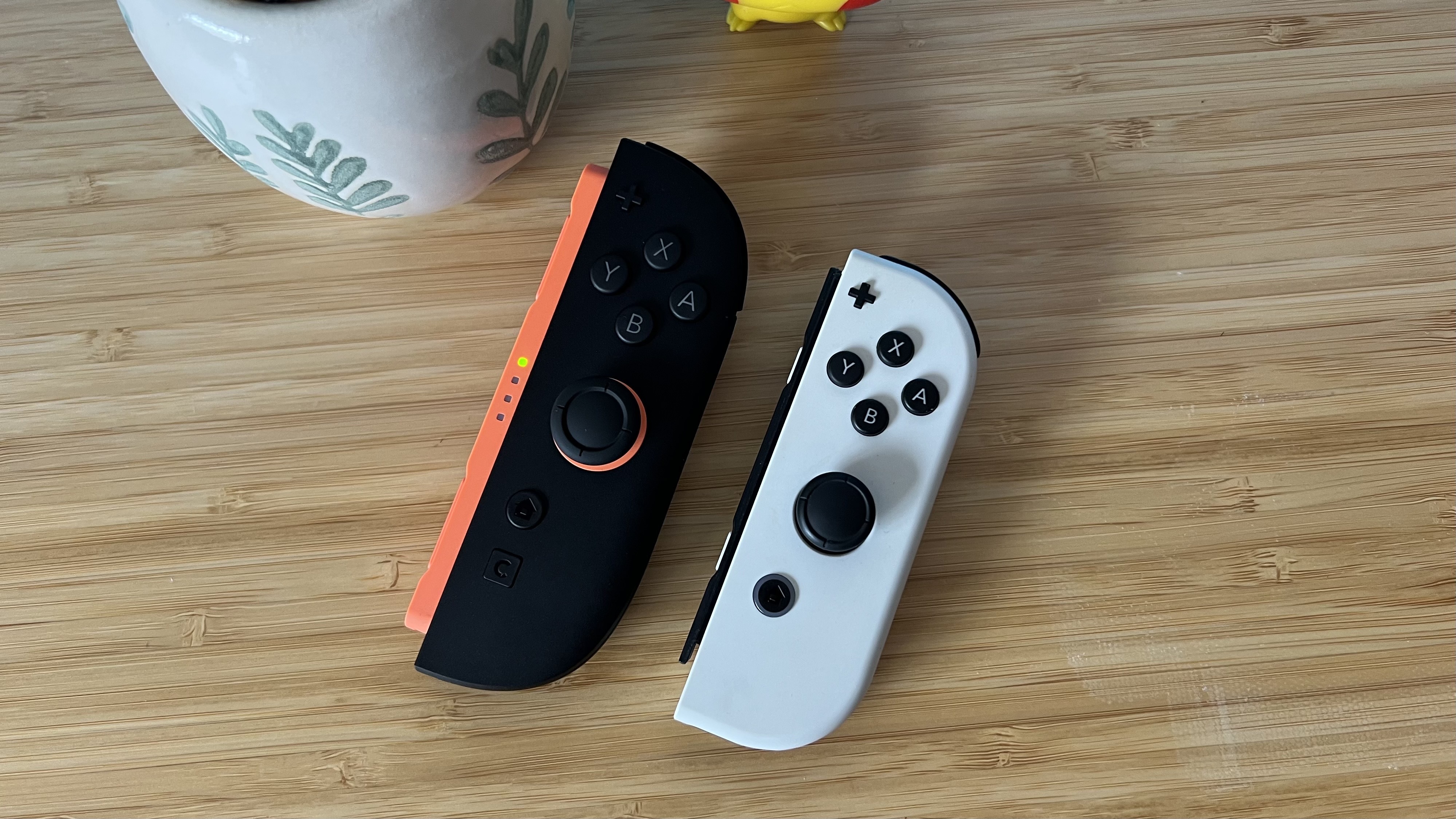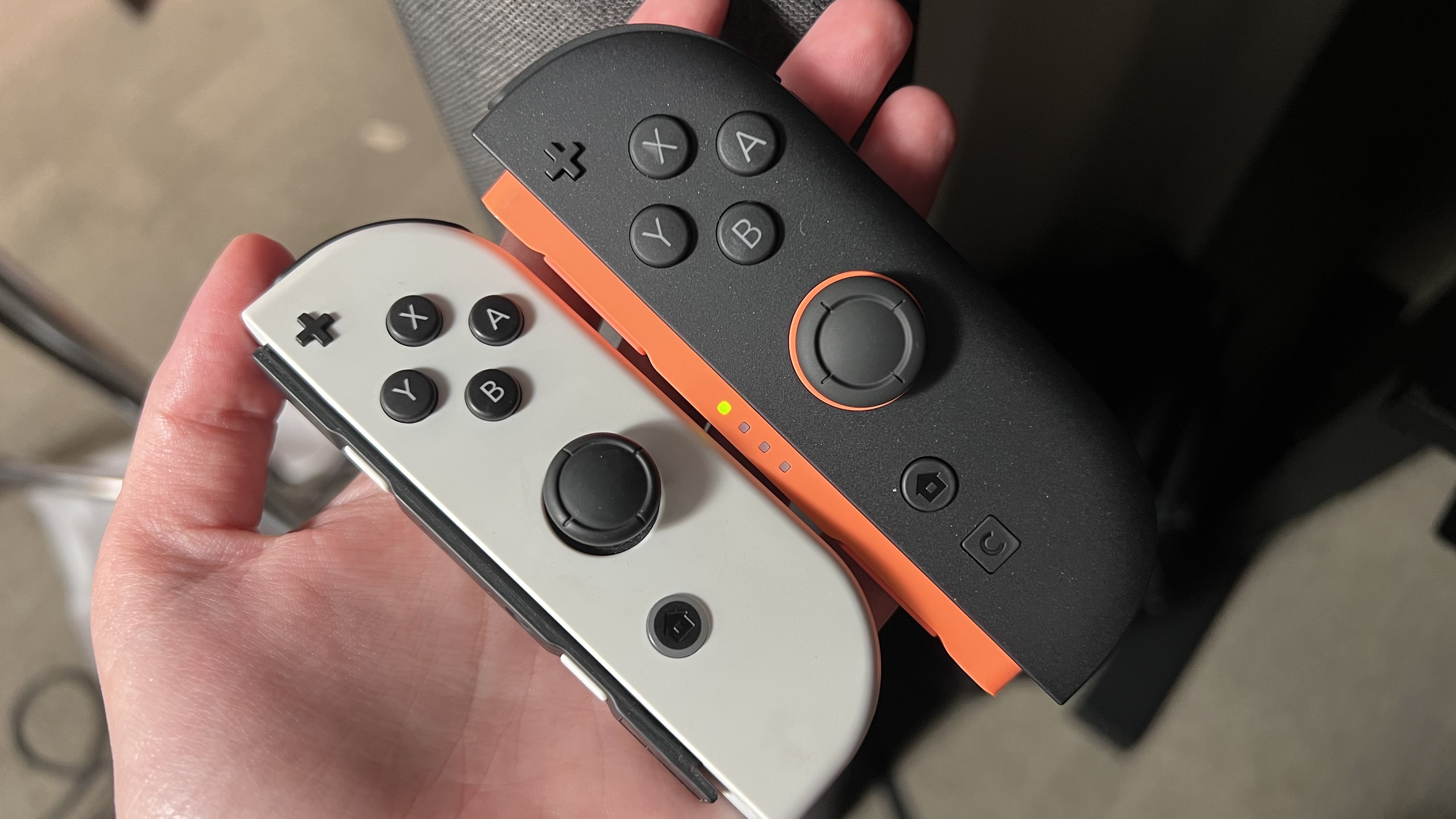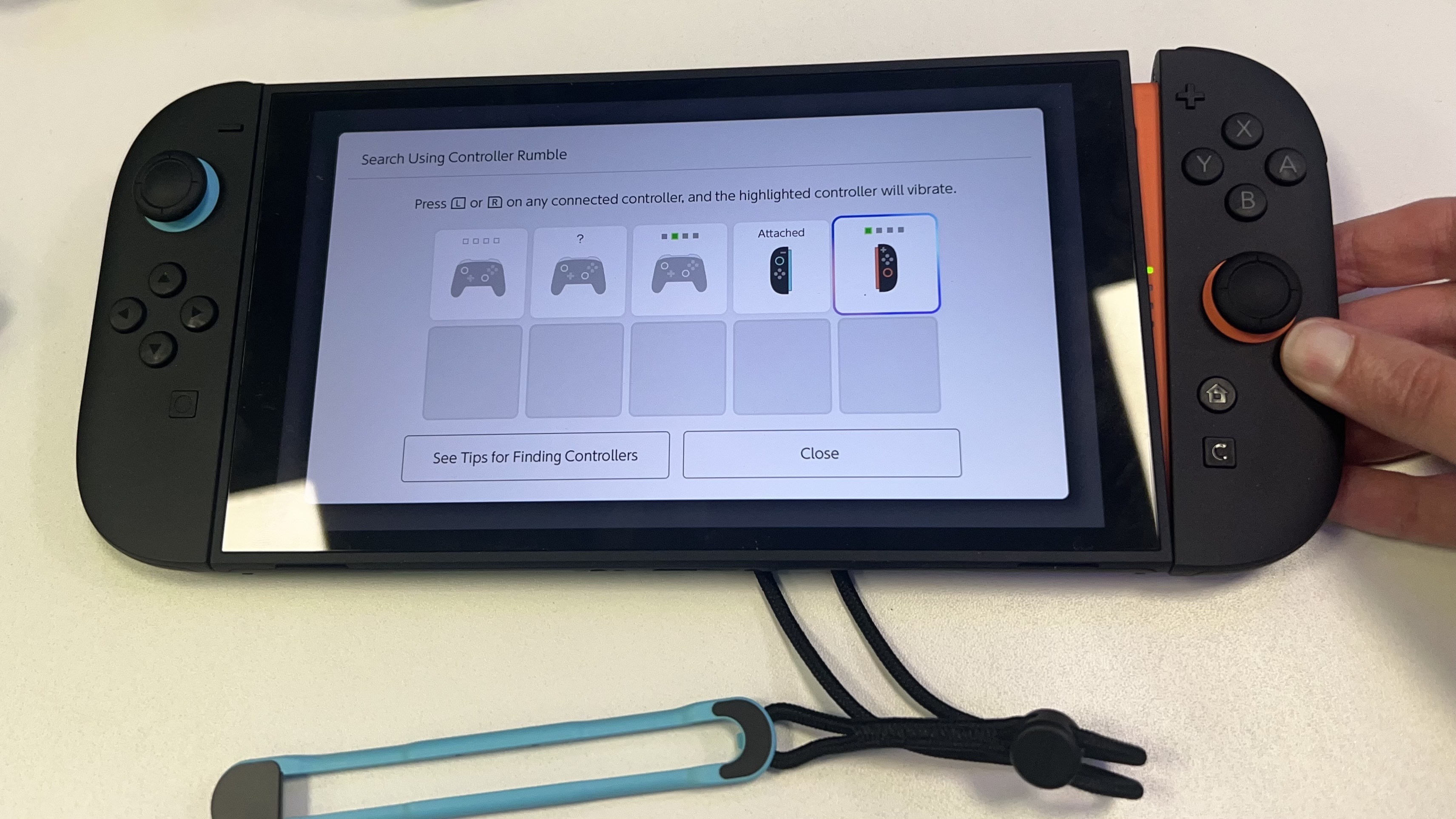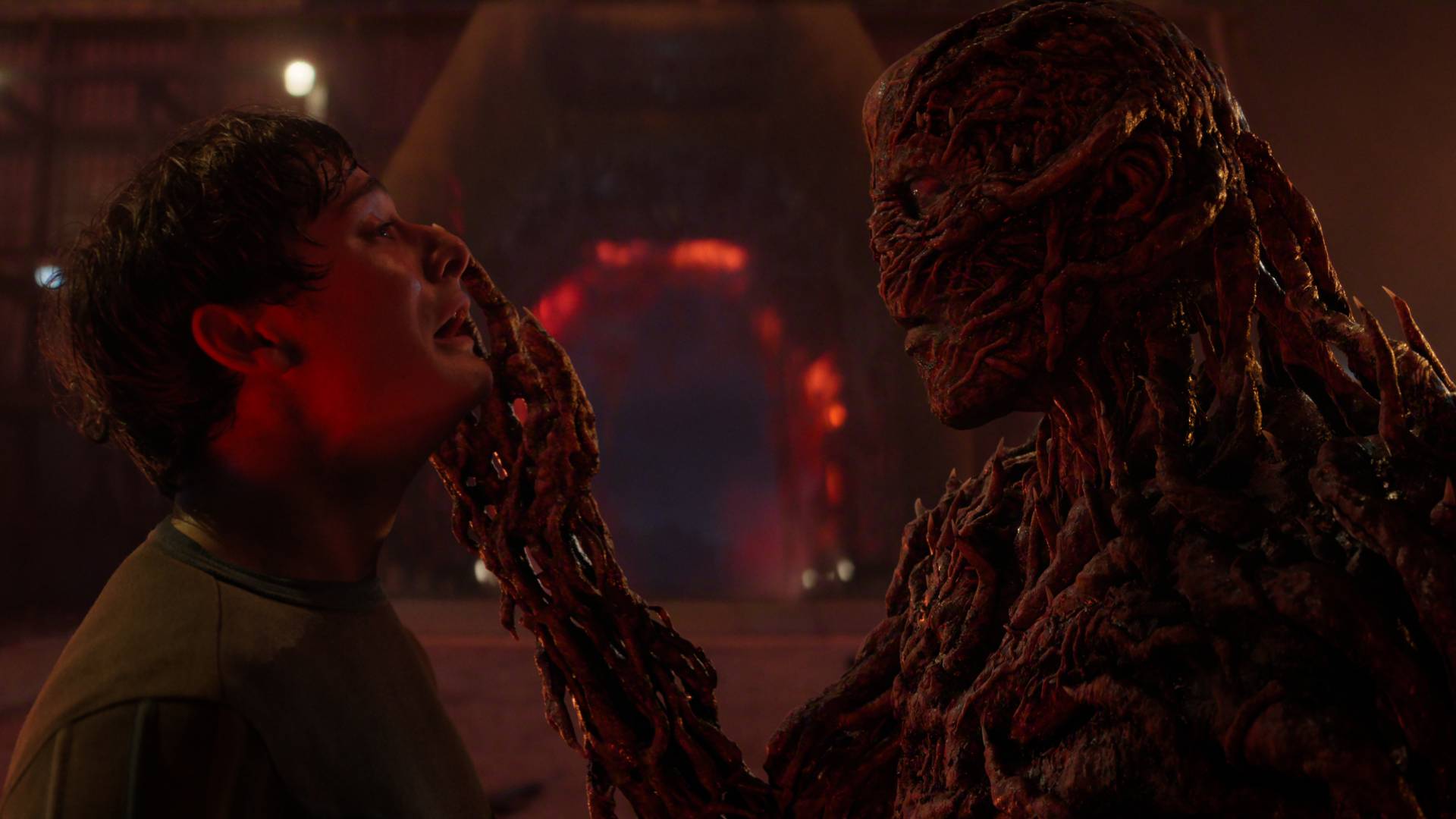This is probably the reason Switch 2's Joy-Cons aren't immune to stick drift
Why hasn't Nintendo fixed one of the biggest issues with the original Switch?

If you were hoping that Nintendo would make the Switch 2 immune to stick drift, I have bad news for you. We've known since early April that the new console's controllers don't use anti-drift thumbstick tech like Hall or TMR sensors, but now that the console is out, we have a better idea of why Nintendo hasn't truly remedied the problem.
Early teardowns of the Nintendo Switch 2 Joy-Cons are showing that the thumbsticks use almost the exact same sensor as the original ones, albeit with some metal reinforcement in places and a smaller overall size.
The form factor of the Joy-Cons themselves doesn't lend itself to a larger Hall Sensor thumbstick module, even if other controller manufacturers like Hori have managed to fit this technology into similarly-sized Nintendo Switch controllers. Hall Sensor controllers often come in cheaper than their potentiometer counterparts as well, so it's hard to point to price as being the reason Nintendo opted for a traditional drift-prone thumbstick sensor.

In fact, now that we've been hands-on with the Switch 2 for a bit longer and seen those early teardowns, the reason seems to be far more practical. Since the Switch 2's Joy-Con controllers attach to the sides of the console using magnets (which are pretty darn strong), Hall sensor and TMR thumbsticks would likely be disrupted by the strong magnetic forces acting on them and likely wouldn't work as intended.
Hall Effect and TMR thumbsticks are immune to drift because they use small electromagnetic sensors, rather than physical resistors that wear down over time. These tiny magnets would no doubt face interference and calibration issues if they were put in a controller that literally attaches via an even stronger magnet right next to it, so it seems like Nintendo decided this way of joining its controllers to its console was a bigger priority than fixing arguably the biggest technical fault with its first Switch. Thankfully, some of the best Nintendo Switch 2 controllers from third parties and righting the wrong.

It'd be safe to assume that the Switch 2's Pro Controller will be a similar bag, especially since the brand seems so proud of its next-gen peripherals. Nate Bihldorff, Nintendo of America's Senior VP of Product Development & Publishing, told Nintendo Life back in April, "Every time we put out a new hardware, whether it's a new system or an accessory, [Nintendo is] designing from the ground up to be the best possible experience for our consumers, whether it's the immediate effect of the Joy-Cons that you're playing, how they're interacting with the game, or durability.
"They take it and rebuild it so that we can give the best possible experience," he said.
Weekly digests, tales from the communities you love, and more
What will be really interesting to watch is the third-party support for Nintendo's new console. The officially licensed market was filled to the brim with Hall sensor options last generation to counter Nintendo's lack of durability. Should third-party peripheral makers be bound to using the console's magnetic rail attachments, I'll be keen to find out if they manage to find a workaround for Hall sensors without disruption.
Only time will tell if Nintendo's Joy-Con 2 controllers will suffer from the same drift as the first console did. For now, we're testing as many third-party Switch controllers as we can with the new console to see how compatibility lines up.
Keep up with our thoughts on the latest console by checking out our Nintendo Switch 2 review in progress. You can also hear more about the Switch 2's Pro controller vs the original, and check out a full list of upcoming Switch 2 games.
One of my earliest memories is playing SuperMario64 and wondering why the controller I held had three grips, but I only had two hands. Ever since I've been in love with video games and their technology. After graduating from Edinburgh Napier University with a degree in Journalism, I contributed to the Scottish Games Network and completed an Editorial Internship at Expert Reviews. Over the last decade, I’ve been managing my own YouTube channel about my love of games too. These days, I'm one of the resident hardware nerds at GamesRadar+, and I take the lead on our coverage of gaming PCs, VR, controllers, gaming chairs, and content creation gear. Now, I better stop myself here before I get talking about my favourite games like HUNT: Showdown, Dishonored, and Towerfall Ascension.
You must confirm your public display name before commenting
Please logout and then login again, you will then be prompted to enter your display name.


